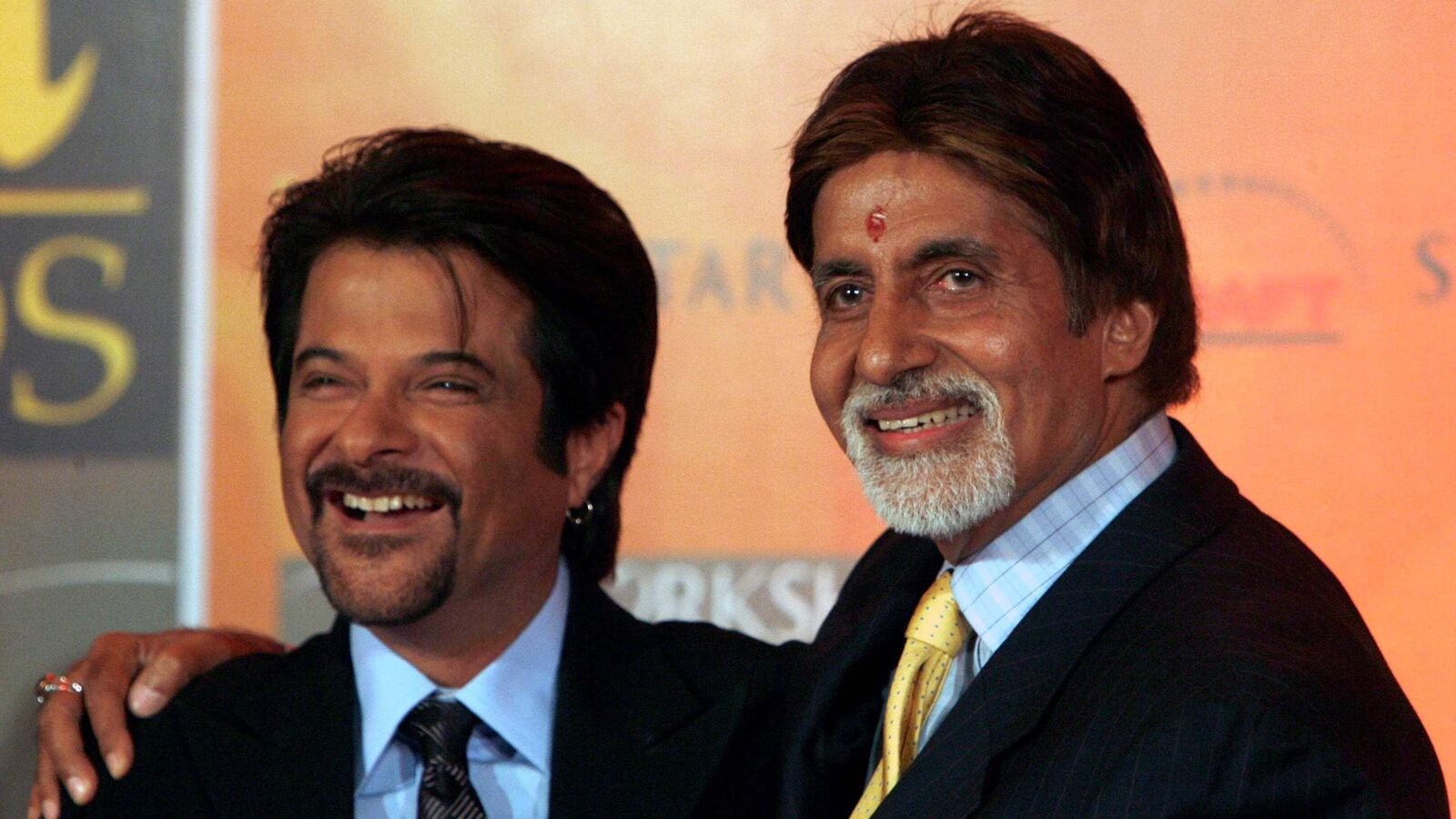
In the mid-1980s, Anil Kapoor unleashed a linguistic gem into Bollywood and the heart of Indian pop culture: “Jhakaas.” This colloquial Marathi term, meaning “fantastic,” became his signature exclamation, a vibrant embodiment of his on-screen persona. Long before social media, this word went viral, resounding with audiences. For nearly four decades, “jhakaas” has permeated merchandise, shows and programs, ingraining itself in the cultural lexicon.
However, recent events have thrust Kapoor into the legal limelight. The Delhi high court issued an interim order restricting entities from exploiting Kapoor’s image, name, voice and elements of his persona, including his iconic delivery of “Jhakaas,” for financial gain without his consent. In a similar case involving Amitabh Bachchan, the court had enforced restrictions on the use of his name, unique style and voice.
Legal wrangling over celebrity ownership reveals the shifting sands of fame, image and brand protection in the digital age. While copyright infringement was always off-limits in commercial use, there was a once-tolerant attitude towards leveraging celebrity dialogues, signature moves, and representations. In fact, having one’s likeness grace a butter brand’s hoarding was deemed an entry into the hallowed hall of fame, as prestigious as making newspaper headlines. Salons across the nation have displayed celebrity images for decades, and movie dialogues have found their way onto memorabilia without controversy. Mimicry artists and lookalikes thrived.
Before social media, these acts were perhaps a means to stay alive in public memory long after celebrities had peaked in popularity. The arrangement worked for both, the celebrity and the user of their image.
Today, fame is no longer about recognition but about tangible cash. Followership and monetization are inseparable. Celebrities are no longer bystanders, indifferent to smaller businesses capitalizing on their images and catchphrases. In an era where every facet of life, from wedding photos to worn outfits, possesses transactional value, celebrities are increasingly becoming hyper-sensitive to the use of their assets, which could be potentially monetized.
Celebrityhood hinges not solely on talent or accomplishment but on authenticity and the ability to forge personal connections with audiences. Influencers have ushered in diverse celebrities, each vying for audience attention and brand endorsements. The pressure to create a unique identity in a highly competitive market is acute and further fuels the need to protect and guard what is truly your own.
Some brands use celebrities’ fame without their consent to promote their products. This is unethical and risky. Kapoor’s case shows how this can backfire. The Advertising Standards Council of India (ASCI) has witnessed such cases. In 2021, an Indore law college published a full-page advertisement pitting Harvey Specter from Suits against Jagdishwar Mishra from the Bollywood movie Jolly LLB 2 and asked students to choose what kind of future they wanted. Another incident saw an ed-tech company’s ad featuring an impersonation of Sundar Pichai. Let’s not forget when badminton star P.V. Sindhu took on 20 brands in 2021 for hitching a ride on her fame without permission.
Defining the line between permissible use and copyright infringement within the realm of celebrity rights can be challenging. ASCI asserts that advertisements must not contain any reference that bestows an unjustified advantage on the advertised product without permission from the person, firm or institution in question. The law permits “fair use” of copyrighted material in specific contexts, such as personal use, research or instructional purposes. Using movie dialogues in commercials may not typically qualify, particularly when the primary purpose is profit-driven.
Determining the ownership of copyright often plunges into legal mazes, involving celebrities, producers and scriptwriters. In 2013, the Mumbai high court ruled that once a literary or musical work was integrated into a film, the film’s producer became the first owner of the copyright in those works, unless a contract stated otherwise.
Many contemporary celebrities are deliberate in cultivating their brand, exercising meticulous control over the products they endorse and those they don’t. Beyond products, personal brand curation extends to the causes they champion and the ideologies they uphold. Celebrities seek complete ownership over their images, catchphrases, and unique delivery styles to ensure consistency with their own personal brands.
The recent legal battles highlight the need for a balance between safeguarding celebrities’ rights and navigating the tricky waters of popular culture and commercial interests. In this ever-evolving terrain, it is not the celebrities alone who are redefining the boundaries of fame and ownership. Indeed, it’s the lawyers and judges presiding over courtrooms who may hold the power to reshape the very rules that govern the fame game.
These are the author’s personal views.
“Exciting news! Mint is now on WhatsApp Channels 🚀 Subscribe today by clicking the link and stay updated with the latest financial insights!” Click here!
Related Premium Stories
Download The Mint News App to get Daily Market Updates.
More
Less
Updated: 19 Oct 2023, 05:51 PM IST
